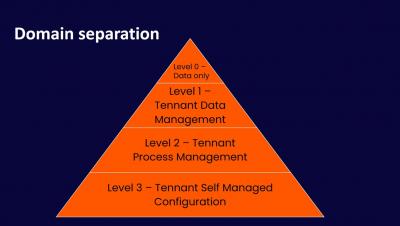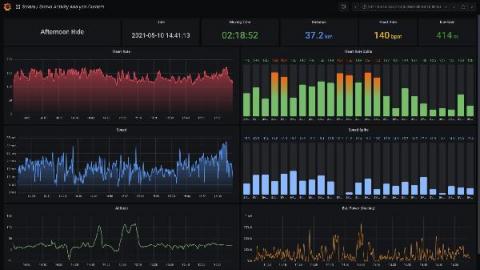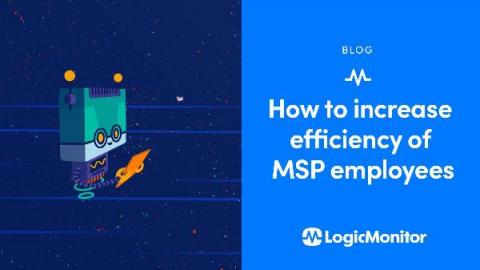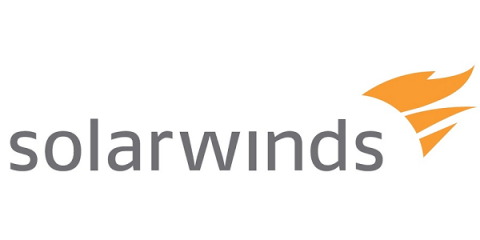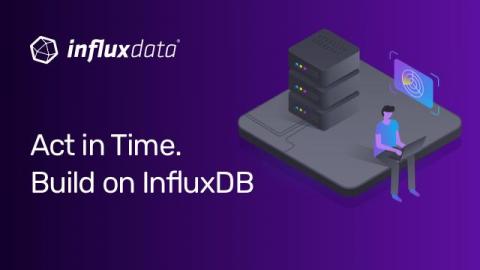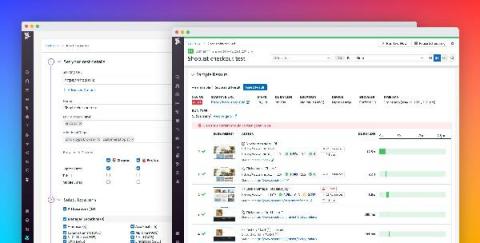Operations | Monitoring | ITSM | DevOps | Cloud
Monitoring
The latest News and Information on Monitoring for Websites, Applications, APIs, Infrastructure, and other technologies.
What's new in the updated Strava plugin for Grafana
Grafana dashboards are often used to monitor a company’s metrics, but what about using them to monitor yourself? That was the thinking behind our creation of the Strava plugin back in early 2020. Strava is a service that allows athletes to track and analyze their workouts and training sessions. It’s widely used for activities such as running and cycling.
Great Moments in Application Monitoring
The consequences of poor application performance are both real and terrifying: lost customers, lost trust from your team, and lost confidence in your abilities. It’s why every developer remembers those moments where their solution improves both process and performance. We’ve seen this happen firsthand with our customers, and want to share their Great Moments in Application Monitoring.
How To Increase Efficiency by Empowering MSP Employees
The success of any managed service provider (MSP) is dependent on the people who work for it. When MSP employees are dissatisfied, unhappy, or unengaged they will be less be motivated, efficient, and productive. Employees make or break a company, so it’s vitally important to keep them satisfied with their work.
Why your next serverless project should use AWS AppSync
Monitoring a RESTful API on a Headless CMS Using Pingdom
Three Ways to Keep Cardinality Under Control When Using Telegraf
This article will show how we kept cardinality under control with a few tweaks in the Telegraf configuration. If you’re not yet familiar with it, Telegraf is the native and open-source plugin-driver metrics collection agent of InfluxDB. As you may know, cardinality is the combination of measurements, tags, sets, fields, and values in a time-series database, and having high cardinality can be a challenge.
Datadog Synthetic Monitoring now supports cross-browser testing
Your users access your application from a wide range of browsers, which have their own implementations of HTML, CSS, and JavaScript. For instance, many modern JavaScript features such as Promises and Arrow Functions are unsupported by some browsers. These inconsistencies can lead to missing elements and malfunctioning workflows that affect some—but not all—of your user base.
Logz.io Now Supports AWS App Runner
Logz.io now natively supports AWS App Runner. AWS has launched an innovative service called App Runner. This service builds upon Fargate, the AWS service that runs containers on Kubernetes without manual maintenance, patching, and upkeep of the containers or Kubernetes itself. App Runner takes this to the next level. It creates additional automation of and capabilities to deploy, run, and scale containerized workloads in concert with continuous deployment.
10 Biggest Mistakes IT Professionals Make And How to Avoid Them
IT spending grew to an impressive $3.8 trillion in 2019. With 2020 giving enterprises a reality check on remote working, the spending on digital transformation is expected to grow even further. It goes without saying that IT is an integral part of any company, big or small. When the stakes are so high, there’s very little room for mistakes. However, we’re all humans and do make mistakes.


